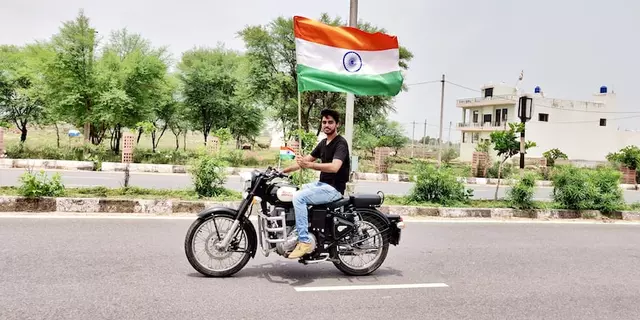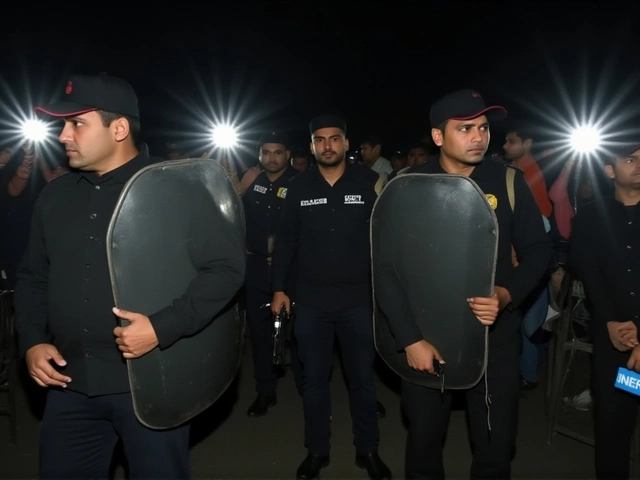Tractor‑Trolley Collision: What Happens and How to Stop It
When talking about a tractor‑trolley collision, a crash where an agricultural tractor meets a road‑side trolley, often on shared lanes or rural streets. Also called a tractor‑cart accident, it blends farm equipment dynamics with everyday traffic flow. Understanding this event means looking at both the tractor and the trolley, plus the road rules that govern them.
A tractor‑trolley collision usually starts with one of three things: poor visibility, mismatched speeds, or unclear right‑of‑way. Farmers often operate tractors at low speeds but with high torque, while trolleys—whether they are small delivery carts or larger electric trams—move faster and stop quicker. If a driver can’t see a trolley coming around a bend, or if a trolley driver assumes the tractor will pull over, the two vehicles can end up nose‑to‑nose or side‑by‑side. That’s why road safety measures, like reflective markings on tractors and dedicated lanes for trolleys, are essential. The relationship looks like this: tractor‑trolley collision requires clear visibility and proper traffic regulations.
Key Factors Behind Tractor‑Trolley Collisions
First, think about the tractor’s size and weight. A modern tractor can weigh between 2,000 and 5,000 kg, giving it massive momentum even at low speeds. When that momentum meets a lightweight trolley, the impact can flatten the trolley and fling the tractor off its path. Second, trolley design matters. Many urban trolleys have low floors and rubber tires that grip well on pavement, but they lack the sturdy braking systems of cars. If a trolley driver sees a tractor too late, the short stopping distance makes a crash more likely.
Third, road layout plays a big role. Rural roads often have narrow shoulders where tractors pull off to let other traffic pass. If a trolley runs on the same shoulder without a clear separation, both drivers may assume the other will yield, leading to a deadlock that ends in a scrape. Finally, human factors such as fatigue, distraction, or lack of training can tip the balance. A farmer who’s been working all day might miss a trolley’s horn, while a trolley driver unfamiliar with farm equipment may underestimate the tractor’s blind spots.
These elements intertwine: tractor‑trolley collision encompasses vehicle characteristics, road design, and driver behavior. It also requires better traffic regulations that clearly assign right‑of‑way and mandate safety gear like high‑visibility vests for tractor operators.
What can be done right now? Simple steps make a big difference. Adding reflective tape and LED lights to tractors improves night‑time visibility, while installing audible warning systems on trolleys alerts nearby drivers. Local authorities can draw painted lines that separate tractor lanes from trolley routes, reducing the chance of accidental lane changes. Training programs that teach both farmers and trolley operators the basics of shared‑road etiquette also cut down on misunderstandings.
Look at real examples: In a small town in Punjab, farmers equipped their tractors with orange barriers and started using a horn pattern that signals an upcoming turn. Within three months, reported collisions with the city’s electric trolley service dropped by 40 %. In another case, a municipal council in Kerala introduced a rule that any trolley operating near farms must stop at marked checkpoints, allowing tractors to pass safely. The rule lowered incidents and gave drivers a clear expectation of when to yield.
All these pieces—vehicle specs, road markings, safety gear, and clear rules—show how a tractor‑trolley collision isn’t just an accident; it’s a predictable outcome when the system isn’t aligned. By tweaking each part, the whole system becomes safer.
Below you’ll find a collection of posts that dig deeper into each of these areas: the physics behind tractor momentum, the design of modern trolleys, case studies from Indian states, and step‑by‑step guides on implementing safety measures. Whether you’re a farmer, a trolley driver, a city planner, or just someone curious about road safety, the articles ahead will give you practical insights you can act on today.





